Gentle Wins: Build an Acne Routine That Respects Sensitive Skin
A short, gentle routine reduces breakouts while protecting reactive skin. This guide helps you assess sensitivity, choose non‑irritating products, introduce low‑irritation actives safely, layer effectively, and troubleshoot flares so you get clearer skin without irritation and build confident, sustainable habits.
What You’ll Need
- Gentle, non‑stripping cleanser
- Fragrance‑free moisturizer
- Broad‑spectrum sunscreen (SPF 30+)
- One–two mild actives (niacinamide or azelaic acid)
- Cotton pads
- Patience and willingness to patch‑test
Step 1: Assess Your Skin and Set Gentle Goals
Observe your skin for one week. Note when it stings, reddens, flakes, or breaks out and what triggers it (new product, stress, spicy food, or your period). Write down any topical prescriptions or oral medications you use.
Identify clear, gentle goals: for example, reduce inflammatory bumps, calm persistent redness, or repair a fragile barrier. Prioritize calming and barrier repair over aggressive spot treatments.
Make a quick log with these basics:
- Reactions: stinging, burning, tightness, redness, flaking
- Timing: morning/evening, after product use, during menses, after sun/exercise
- Current meds/products: name, strength, frequency
If you see severe reactions (blistering, widespread peeling, intense pain), stop new products and consult a dermatologist. This assessment prevents adding unnecessary irritants and helps you select targeted, low‑risk interventions.
Step 2: Choose a Non‑Stripping Cleanser
Choose a gentle, sulfate‑free cleanser with low foaming action and a balanced pH. Look for humectants and emollients like glycerin or squalane, or mild amphoteric surfactants instead of harsh SLS.
Use lukewarm water avoid hot water that strips oils and fuels inflammation. Double cleanse only if you wear heavy sunscreen or makeup: start with an oil‑based remover, then follow with a gentle second cleanse. For example, remove waterproof mascara with micellar oil, then wash with a cream cleanser.
Cleanse twice daily if your skin tolerates it. If your skin feels tight or flakes after the morning wash, rinse with water only and do a full cleanse at night. Pat dry with a soft towel and avoid scrubs and harsh washcloths.
- Good ingredients: glycerin, squalane, cocamidopropyl betaine, decyl glucoside, ceramides, niacinamide
Step 3: Repair and Strengthen the Skin Barrier with Moisture
Choose a fragrance‑free, non‑comedogenic moisturizer rich in ceramides, cholesterol, fatty acids, and humectants like glycerin or hyaluronic acid. Pick cream textures for dry areas and gel‑creams for oilier zones.
Use occlusives such as squalane or dimethicone in cooler months or at night to lock in moisture.
Apply moisturizer while skin is slightly damp to trap hydration for example, pat a few drops of hyaluronic serum and immediately seal with your moisturizer.
Switch to a lighter gel‑cream rather than skipping moisturizer if you notice clogged pores; dehydration can boost sebum and worsen breakouts.
Consider barrier‑repair serums or formulas labeled for sensitive skin to reduce transepidermal water loss and lower reactivity over several weeks.
- Good ingredients: ceramides, glycerin, hyaluronic acid, squalane, dimethicone
Step 4: Introduce Soothing, Low‑Irritation Actives
Introduce actives with anti‑inflammatory profiles and low irritation risk. Start slowly and deliberately.
Use these gentle options and doses as examples:
- Azelaic acid (10–15%) — reduces acne and redness; gentler than many retinoids.
- Niacinamide (2–5%) — lowers sebum, strengthens barrier, soothes.
- PHAs (gluconolactone) or very low‑strength BHA — favor PHAs; start exfoliating once a week.
- Benzoyl peroxide — choose low concentration, apply spot‑wise and monitor for dryness.
Introduce one active at a time. Apply the new active every third night for two weeks, then increase frequency if tolerated. Avoid mixing multiple new actives at once. Always follow with moisturizer and discontinue use if you experience intense stinging or spreading irritation.
Step 5: Protect Your Skin — Sunscreen and Makeup Choices
Apply daily broad‑spectrum SPF 30+ especially when using actives that increase photosensitivity. Choose mineral sunscreens with zinc oxide or titanium dioxide and prefer non‑comedogenic, fragrance‑free formulas.
Apply sunscreen as the final step of your morning routine and reapply every two hours when outdoors. Remove makeup gently each night; use a mild balm or micellar water followed by your cleanser.
- Mineral sunscreens: zinc oxide, titanium dioxide often better tolerated by sensitive skin.
- Makeup picks: non‑comedogenic, fragrance‑free products; lightweight mineral foundation for coverage that won’t clog pores.
- If sunscreen stings: try a different formulation or layer it over a thin moisturizing base to buffer irritation.
Step 6: Patch Testing, Layering Rules, and Troubleshooting
Patch test every new product behind the ear or on the inner forearm for 48–72 hours. If redness, burning, or blistering appears, do not use it on your face. For example: test a face oil for 72 hours if it stings behind your ear at 24 hours, toss it.
Layer products thinnest to thickest:
- Cleanser
- Water‑based serums
- Treatments (retinoids, benzoyl peroxide, azelaic acid)
- Moisturizer
- SPF
Wait about 1 minute between layers to reduce pilling. If irritation occurs, stop the suspected product and resume a basic routine: gentle cleanser, moisturizer, sunscreen. See a dermatologist for persistent cystic acne, spreading inflammation, or suspected contact dermatitis prescription topicals, oral meds, or formal patch testing may be needed. Track progress with photos and a short diary to spot triggers like diet, stress, or menstrual cycle.
Keep It Simple, Consistent, and Patient
Gentle routines win: assess, simplify, protect, and introduce actives slowly with consistent barrier care and patience you can reduce acne without flares. Try this approach, share your progress, and join others proving slow, steady care works today and celebrate results.
FAQ – Gentle Acne Routine for Sensitive Skin
1. Can sensitive skin use salicylic acid?
Yes, but start slowly. Use a low concentration (0.5–1%) only 2–3 times per week, and always follow with a gentle moisturizer to prevent dryness.
2. How often should I exfoliate if I have sensitive, acne-prone skin?
Exfoliate just once or twice a week using a mild chemical exfoliant like lactic acid or PHA. Avoid harsh scrubs or anything with rough particles.
3. Is it okay to skip moisturizer if I have oily or acne-prone skin?
No. Even oily or acne-prone skin needs hydration. Choose a lightweight, oil-free, non-comedogenic moisturizer to balance your skin and prevent overproduction of oil.
4. What’s the best sunscreen for sensitive, acne-prone skin?
Pick a mineral-based sunscreen with zinc oxide or titanium dioxide and at least SPF 30. It should be fragrance-free and labeled for sensitive skin.
5. What ingredients should I avoid in acne products for sensitive skin?
Avoid strong alcohols, sulfates, synthetic fragrance, and high concentrations of acids (like glycolic acid) that can irritate or dry out the skin.

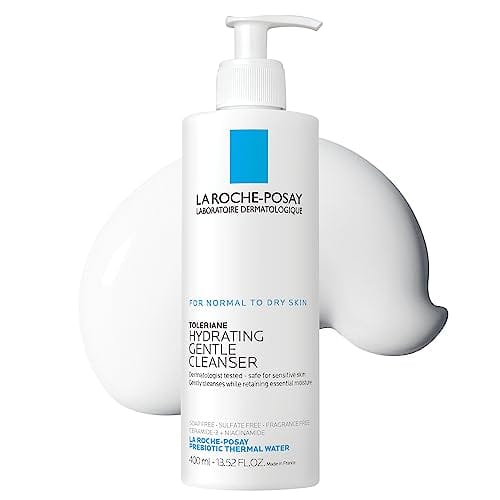
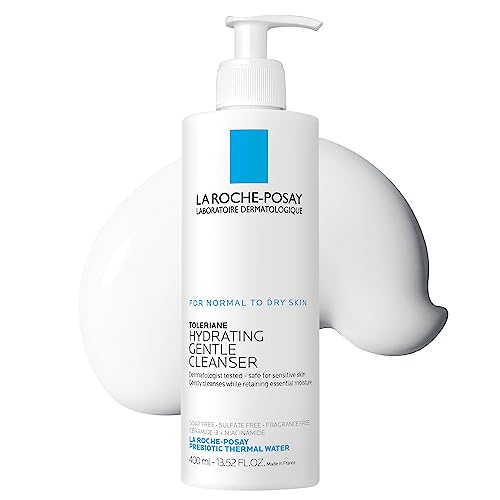

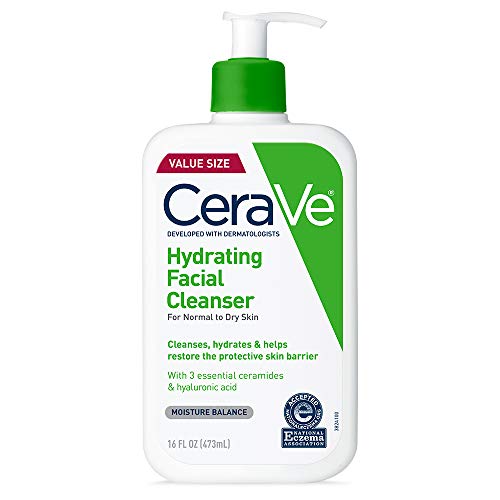


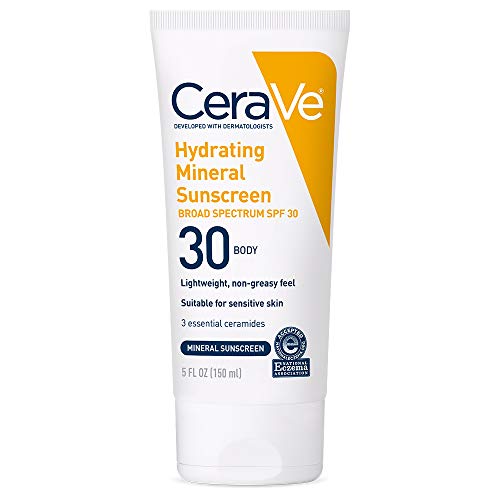
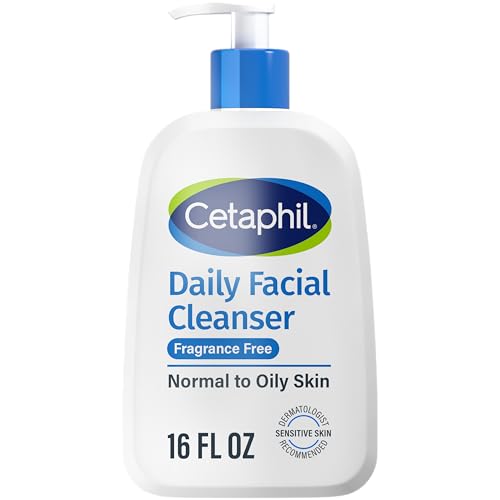
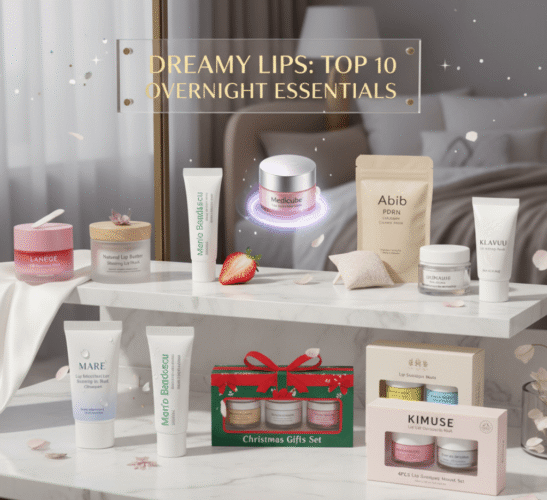

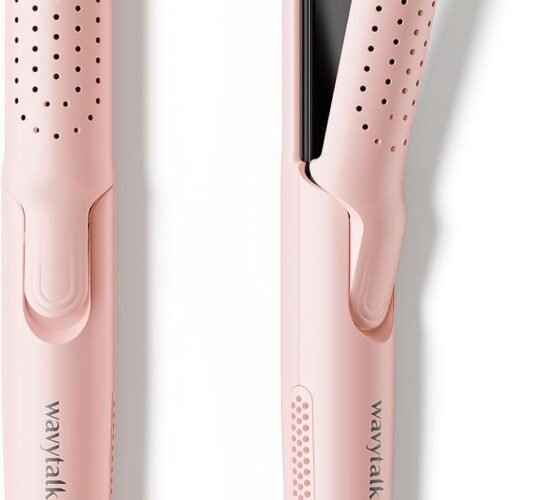


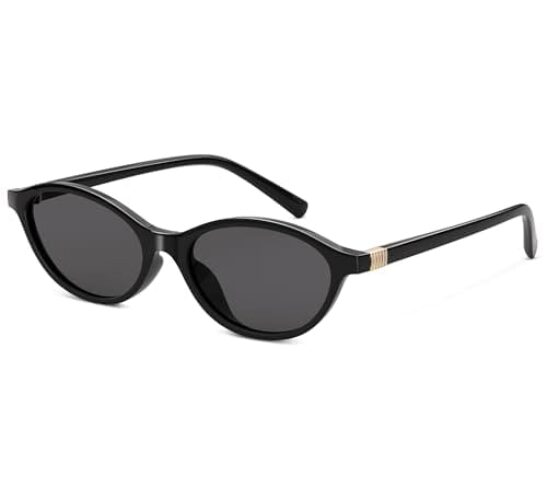
Humor time: my skin had a dramatic cameo in the ‘red, angry’ phase and I thought it would never leave. The guide’s ‘Keep It Simple, Consistent, and Patient’ should be on a t‑shirt.
Seriously though, scaling back was scary but less products = less irritation = fewer surprises.
Also, SPF. Don’t forget it. Even if you feel like a vampire like me.
Vampire squad unite. Mineral SPF is my daytime friend too.
Love the T‑shirt idea 😂 and yes — SPF is non‑negotiable for acne treatments and barrier repair. Glad scaling back worked for you.
Can confirm: less is more. My skin literally relaxed when I stopped overloading it.
Sunscreen tip in Step 5 saved my mornings. I used to avoid SPF because it burned my face, but switching to a mineral SPF and fragrance‑free makeup made a huge difference.
One thing: any recs for foundations that don’t clog but still cover redness? I’m still hunting.
Look for mineral‑based, non‑comedogenic formulas labeled ‘for sensitive skin’ and fragrance‑free. Lightweight tinted mineral powders or sheer mineral foundations are often good. Also patch test on your jawline beforehand.
I second BareMinerals, but everyone’s skin reacts differently. Try samples first!
I found a Korean cushion compact (fragrance free) that covers redness without feeling heavy — maybe worth trying if you like light coverage.
ILIA and BareMinerals have options that worked for me. Not perfect coverage but less cakey and fewer breakouts.
Thanks for the recs! Another tip: use a damp sponge to apply sheer coverage — it blends better and minimizes layering.
Patch testing section: PLEASE read this if you’re impatient like me 😂
I used to slap new products on my whole face and paid for it. Now I keep a little calendar and test one thing at a time.
Also, pro tip: test on the inside of your wrist AND behind your ear — different results sometimes.
Haha same. My ‘one thing at a time’ rule saved me from buying 3 products at once and regretting it.
Behind the ear test gave me a false negative once — wrist showed reaction later. So yeah, multiple spots + time.
Give patch tests at least 48–72 hours and note delayed reactions too. Some irritations show up later.
Totally — patch testing on two spots is smart because facial skin can react differently. Calendar method is a great trick to avoid combo product confusion.
Okay but moisturizers always pill under my sunscreen. Is that just my skin being dramatic or are there specific textures to avoid? The guide mentions ‘layering rules’ but I still end up looking like a flaky mess lol 😅
I switched to a lightweight hyaluronic gel under my mineral SPF and pilling stopped. Patience helps — give the moisturizer a minute to sink in!
Pilling usually comes from mismatched textures or too much product. Try a thinner, water‑based moisturizer or a non‑comedogenic gel if you’re using a silicone‑heavy sunscreen. Also let each layer absorb for 30–60 secs before the next.
Thank you for the clarity 🙏
I’m so prone to redness and was recommended benzoyl peroxide ages ago and it destroyed my face. 😭
Any gentle alternatives that actually target acne without causing the Great Redness? Also — sorry for the typo earlier in my comment 😅
You’re welcome, Olivia. Alternatives: 10% azelaic acid, low‑% salicylic (0.5–1%), topical niacinamide, and sulfur formulations can be gentler than benzoyl peroxide. Sometimes combining barrier repair + a mild active is enough. Always start slow and patch test.
Sulfur spot treatments helped me without the dry burning BP caused. Weird smell but effective.
If you ever consider BP again, try a very low concentration and buffer with moisturizer. But many people do well skipping it entirely and using azelaic or sulfur.
I swapped BP for azelaic and niacinamide and had way fewer red patches. Azelaic is great for both redness and bumps.
Short note: fragrance‑free EVERYTHING. My sensitive skin cannot. The guide nailed that part.
Yes! Even natural fragrances can irritate. Fragrance-free saved me from random flareups.
100% — fragrance is a common irritant. Look for ‘fragrance‑free’ or ‘unscented’ and check ingredient lists for essential oils.
Layering rules confused me at first — do actives go before or after moisturizer? The guide touched on it but I still mess up sometimes.
I do ‘moisturizer → wait → active → wait → moisturizer top layer’ when I’m nervous. It works to lessen stinging but still get benefits.
Generally: cleanser → toner (if using) → water‑based serums/actives → moisturizer → sunscreen (AM). Use actives on clean skin unless the product says otherwise. If irritation occurs, you can sandwich actives between moisturizer layers to buffer them.
Love this guide — finally something that doesn’t scream “harsh acids” at sensitive skin. I started using a non‑stripping cleanser and a lightweight ceramide moisturizer after reading Step 2 & 3, and my redness has calmed a lot.
Quick q: how long should I wait before introducing a low‑irritation active like azelaic acid? Patch testing helped but I’m nervous to layer.
Thanks for keeping it simple!
And if you notice any tingling or increased redness, back off to once a week and reintroduce more gradually. Keeping a small diary of reactions helps a lot.
I did azelaic every 3 days too and bumped to every other day after 2 weeks. No meltdown — just go slow like admin said.
Great to hear it’s helping, Sarah! Wait at least 1–2 weeks after stabilizing your routine with cleanser + moisturizer before introducing azelaic acid. Start with once every 3 days and patch test for 48–72 hours.
This guide is exactly what I’ve been looking for.
Step 1 made me actually think about realistic goals (stop expecting overnight miracles!).
Step 4’s advice to pick low‑irritation actives instead of jumping straight to the strongest stuff was a game changer.
Also love the troubleshooting section — very practical.
Patience + consistency = underrated.
Tretinoin can be great but it’s not a first‑line for sensitive skin without barrier prep. Appreciate the honesty, Priya — many people relate to that story.
So glad it resonated, Emily — realistic goals make routines sustainable. Any actives you tried that surprised you (good or bad)?
I found niacinamide + low % salicylic helped without drama. YMMV though.
Same! Azelaic was gentle for me, tretinoin was… not gentle 😂 I used tret once and had to rebuild my barrier. Lesson learned.
Not gonna lie, ‘soothing, low‑irritation actives’ sounds like marketing speak, but the practical tips on slow introduction actually make sense.
Would love more specifics on concentrations to aim for (like azelaic 10% vs 15%, salicylic 0.5% vs 2%). Anyone tried microdoses?
I applied 2% salicylic every 3 days for a month before going to every other day. Zero irritation. Patience wins.
Good point — numbers matter. For sensitive skin we often recommend lower starting points: azelaic 10% is a solid start, salicylic 0.5–1% if tolerated (2% can be fine but more likely to sting). Microdosing—using a small amount less frequently—is a safe way to test tolerance.
And remember, combo products (like a moisturizer with low % active) can reduce irritation compared to a full‑strength serum.
Neutral take: the guide’s realistic. I’m trying to be patient but my skin seems to plateau — no worse, but no better. How long until I can expect to see clear improvement? Weeks? Months?
I noticed barrier calm in 2 weeks, fewer breakouts around week 6. Keep a photo log — small wins can be easy to miss day‑to‑day.
For sensitive acne, visible improvement often takes 6–12 weeks with consistent routine. Barrier repair can start in 2–4 weeks but acne reduction may take longer. Stick with it and avoid switching products too quickly.